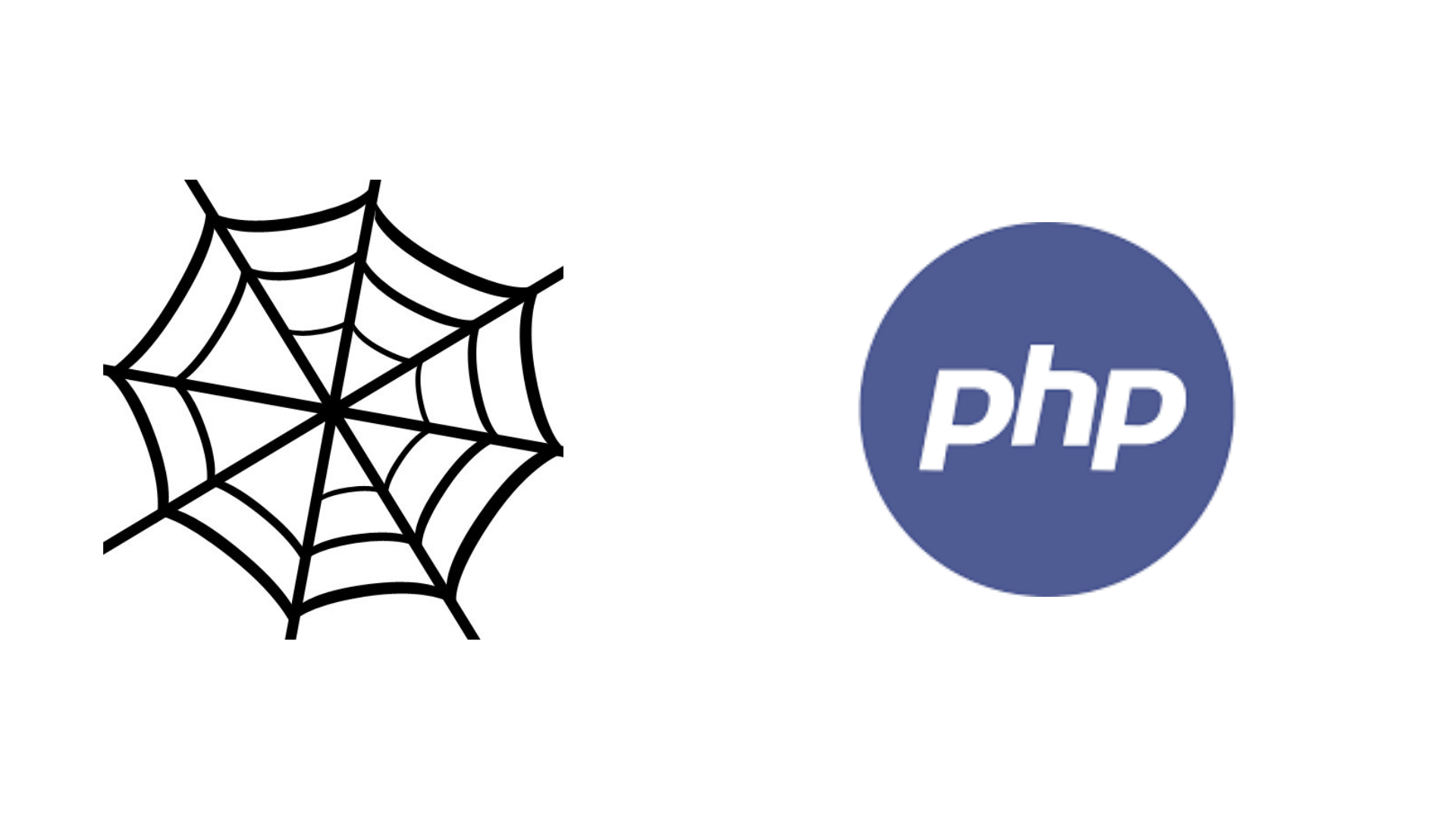Web scraping is a powerful tool for researchers, businesses, and hobbyists alike, allowing individuals to extract valuable data from the web and use it in their own projects. With web scraping, you can quickly and easily access large volumes of online data, giving you insight and control into digital resources. To make the most of this powerful tool, you need to know what web scraping is and how to use it correctly. That’s what this article is here to help with. Thus, let’s explore web scraping with PHP.
What is Web Scraping?
Web scraping, also known as web data extraction, is the practice of harvesting structured data from websites. It involves a computer program or script that requests webpages and parses the content to extract the information of interest. Web scraping is a powerful tool for unlocking data from a variety of web sources. It can be used in a variety of applications, including commercial solutions such as collecting online prices, gathering real estate details, and scraping job postings from listings.
Why Use PHP for Web Scraping?
PHP is a popular programming language for constructing web scraping applications. PHP’s robust suite of technologies makes it ideal for web scraping projects, from parsing HTML to making requests to parse content. The language is easy to learn, and many open source libraries and packages simplify web scraping tasks. With the right techniques, you can write reliable and dynamic web scraping scripts with PHP.
Getting Started with Web Scraping in PHP
Before you start web scraping with PHP, you’ll need to familiarize yourself with the web scraping process and the tools available to those who make use of this process. Here are some steps you’ll need to take to get started.
- Choose Your Tool
The first step is to choose the right web scraping tool. There are a variety of options available from both open source and commercial solutions. Popular tools include the Goutte package for PHP, which allows for the simple selection and extraction of data from web pages, and Scrapy, which is an open source web crawling system with features support for extracting data as well as automated testing, scheduling, and monitoring.
- Set Up Your Environment
Once you’ve chosen your tool, you’ll need to set up your environment to write your web scraping script. Setting up an environment for web scraping requires a basic understanding of server-side programming with PHP, or another related language. You’ll need a server to store your web scraping script, and you should familiarize yourself with configuration options available for hosting solutions. Additionally, you’ll need to install the necessary software components required to run the script.
- Write Coding
Web scraping requires a lot of knowledge about server-side coding and implementation techniques, and this is where PHP comes in. There are a variety of available libraries and packages to help you get started, such as Simple HTML DOM and the Goutte package. To write your web scraping script, you’ll need to define which sites you want to scrape, their URLs, and what type of data you’d like to extract. You’ll also need to be familiar with HTML and CSS to understand how to pull out relevant data.
- Parsing the Data
Once you’ve written your script, you’ll need to parse the data. Parsing sorted data helps you organize it in an easy-to-use format, such as JSON, CSV, or XML. Using a parser helps you make sense of web data by transforming it into a data structure you can work with. This allows you to access the data in a way that is easier to understand and easier to work with.
- Establishing a Schedule
Finally, it’s important to establish a schedule to regularly collect and update web data. Establishing a schedule ensures that the data remains fresh and relevant. This way, you can ensure that the data your web scraping script pulls is accurate and timely.
Web scraping with PHP is a powerful tool that can help you access valuable resources on the web. With the right tools and techniques, you can unlock data from your target sites and use it for your own projects. By taking the time to understand the basics and learning the necessary coding skills, you’ll be able to make the most of web scraping and use it to your advantage.

